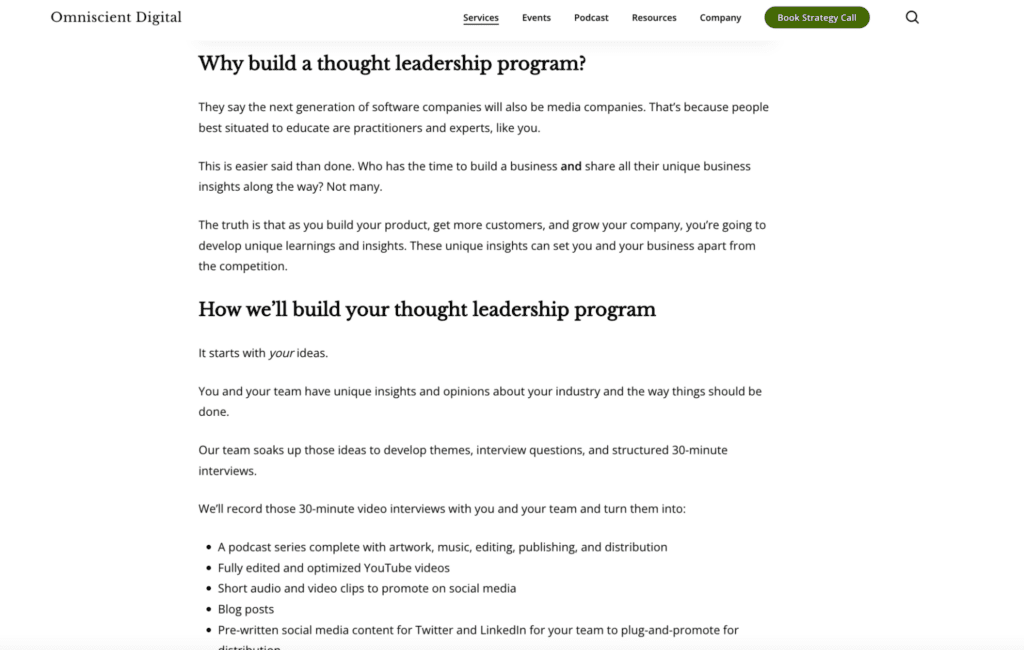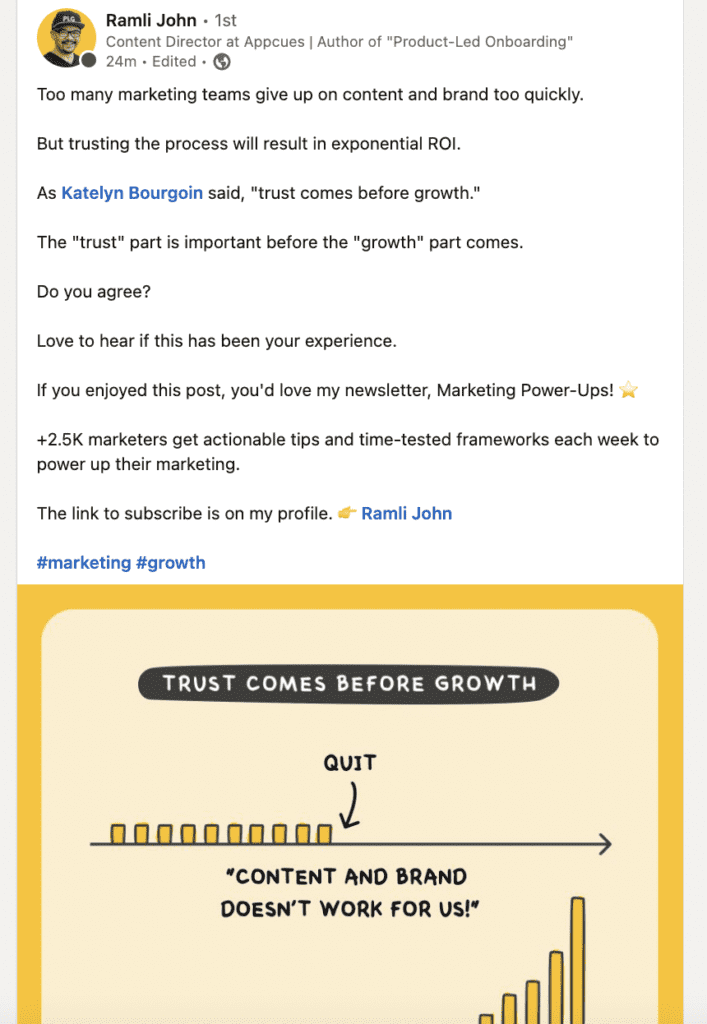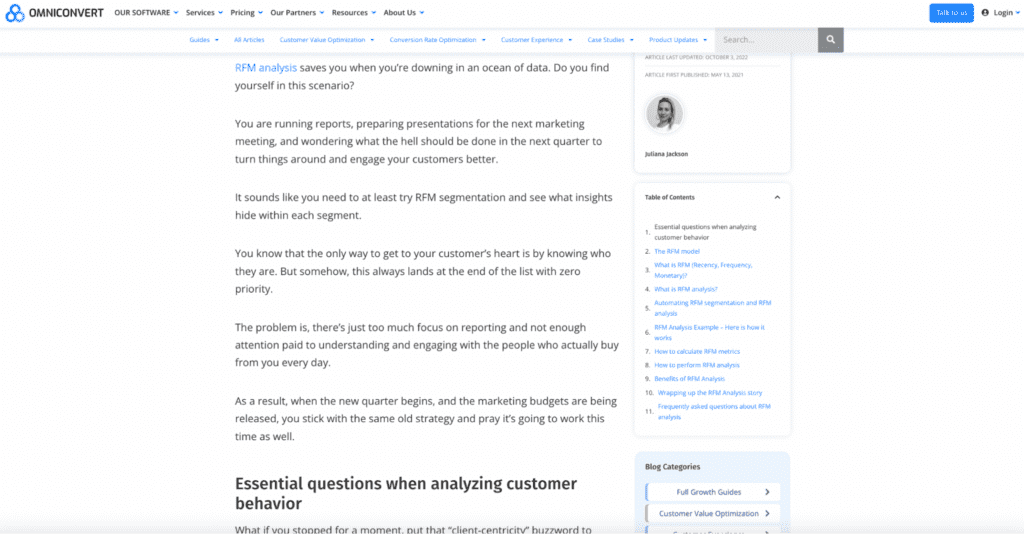
The PAS copywriting framework is a simple way to structure your copy so that it’s clear, concise, and persuasive.
PAS stands for Problem, Agitation, Solution.
In short, you start by identifying your reader’s problem, agitate it so they understand the full extent of the issue, and then offer a solution.
This framework is especially useful for landing pages and email marketing copy, but it can be adapted for use in other types of writing as well.
Let’s take a closer look at each step of the PAS framework and see how it can be used in your own copywriting.
What is the PAS Copywriting Framework?
The PAS copywriting framework has three distinct layers: problem, agitation, and solution.
As you write your copy, you start by identifying and showcasing the problem. Then you move towards agitating that problem – making it obvious and clear why this problem is painful. Finally, you present a solution to this problem.
Let’s look at each step in detail.
1. Problem
The first step is to identify your reader’s problem. What pain point are they trying to solve?
This is where you need to do your research so that you fully understand their challenges.
Only then can you craft a message that resonates with them.
For example, let’s say you’re selling a new type of toothbrush that’s designed to remove plaque more effectively than traditional toothbrushes.
Your potential customers might not even know that plaque is a problem.
So part of your job is to educate them about the issue and make them aware of the potential consequences if they don’t take action.
2. Agitation
Once you’ve identified the problem, it’s time to agitate it so your reader understands the full extent of the issue.
This is where you need to be careful not to come across as too sales-y or pushy. The goal is simply to get them to realize that this is a problem worth solving.
For example, let’s say plaque can lead to gum disease, which can lead to tooth loss.
If that’s not enough to get them interested in your product, you could also mention that gum disease has been linked to other health problems like heart disease and stroke.
3. Solution
Finally, you need to offer a solution to the problem.
This is where you introduce your product or service and explain how it can help solve their specific challenge.
Be sure to focus on the benefits rather than the features so that your reader can easily see how your solution will make their life better.
In our toothbrush example, you might talk about how your product removes plaque more effectively than traditional toothbrushes, making it easier for them to keep their teeth healthy and avoid gum disease.
You could also mention that it’s gentle on sensitive gums and comes with a money-back satisfaction guarantee.
4 PAS Copywriting Examples
1. Omniscient Digital’s Thought Leadership landing page
We offer thought leadership content as a service. To make the case for thought leadership, we first present the problem:

Thought leadership, the basis of a media operation, is hard and time-consuming.
Agitation is basically reinforcing why it’s important to engage in efforts to build thought leadership:
As you build your product, get more customers, and grow your company, you’re going to develop unique learnings and insights. These unique insights can set you and your business apart from the competition.
Finally, the solution: spend just 30 minutes a week with us to build the foundations of a content-driven thought leadership program.
2. The Speaker Lab
The Speaker Lab helps people become public speakers, get gigs, and monetize their efforts.
This advertisement is a great example of the PAS copywriting framework.

First, they couch the advertisement in context (if you’re a successful CEO…).
This ensures they’re speaking to the right audience. It also ensures that the audience perks up and says “ah, yeah, that’s me.”
Then they state the problem (which sounds like a *good* problem):
“Booking agents are screaming out for experienced people like you.”
This makes me think, “oh wow, I’m missing out on an untapped opportunity.”
They further agitate the problem by explaining that public speaking is a great way to build your personal brand (which implies added value for your business).
And of course, they present the “cure” – build a second stream of income with their FREE framework.
Easy.
3. Ramli John’s LinkedIn post
Ramli John is the content director at AppCues and a thought leader in product-led growth and onboarding.

The PAS copywriting framework isn’t just for landing pages and paid advertisements. It can also be used on organic LinkedIn posts like this one.
Afterall, even with organic content, you’re usually trying to convince someone of something (even if it’s just an idea or worldview).
Ramli’s solution and call-to-action here is obvious: he wants you to sign up for his email newsletter.
The promise of the newsletter is that he will share more learnings around content and marketing like what he shared in this LinkedIn post.
As for the problem, he states it right away: too many marketers give up on content and brand too quickly. (I agree – B2B content marketing especially is a long game and should be approached as such).
He agitates in the next line: if you just have some patience, you’ll unlock additional ROI. You’re actually leaving money on the table by being so capricious with your strategy.
Love this post.
4. Omniconvert’s RFM models blog post
Omniconvert is a customer experience optimization platform with A/B testing, personalization, and customer retention features.

Again, the PAS framework can be useful for more than just sales materials. When used in informational blog posts, it can properly set up a blog introduction that captures attention as well as cues up the argument to follow.
Here, they spend a few paragraphs on the problem: you’re drowning in an ocean of data and can’t make sense of it.
They agitate this through several arguments: “You are running reports, preparing presentations for the next marketing meeting, and wondering what the hell should be done in the next quarter to turn things around and engage your customers better.”
Finally, the solution is apparent: “You need to at least try RFM segmentation and see what insights hide within each segment.”
Then they teach you how to do it! Great set up.
Conclusion
The PAS copywriting framework is a simple yet effective way to structure your copy so that it’s clear, concise, and persuasive.
By starting with the problem, agitating it so your reader understands the full extent of the issue, and then offering a solution, you can increase the chances that they’ll take action.
Give it a try the next time you’re writing landing page copy or an email marketing campaign—you might be surprised at how well it works!




